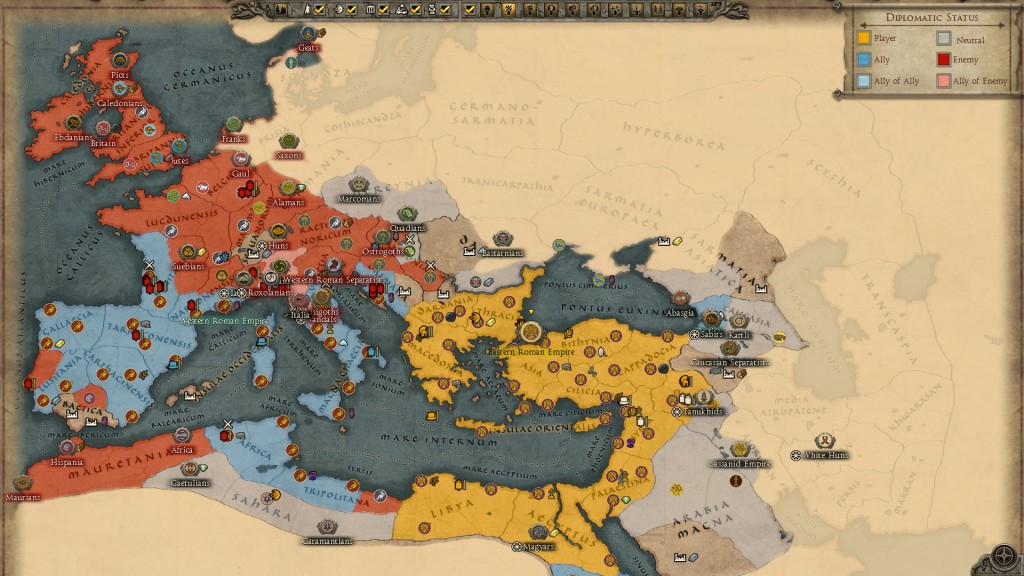2016 is due to see the release of Sherlock Holmes: The Devil’s Daughter, the next entry in Frogwares’ long-running series of Sherlock Holmes adventure games. As a fan of 2014’s Sherlock Holmes: Crimes & Punishments — which I called an “interesting, ambitious example” of thematic puzzle design — I reached out to Frogwares to find out more. Read on for my interview with Wael Amr, Frogwares CEO, in which we chat about The Devil’s Daughter and the broader adventure genre:
Hello, and welcome to the site!
Frogwares is perhaps best known for its Sherlock Holmes series of adventure games, most recently 2014’s Sherlock Holmes: Crimes and Punishments. How did you come to work on these games, and how has the series evolved?
We started to work on the series in 2001. Our first game was a very traditional adventure game at that time.
Every game we made since was different, in technology, scenarios, control scheme and gameplay.
The versatility of Sherlock Holmes allows to have more than one kind of gameplay or controls scheme.
Our last game, The Devil’s Daughter features probably the wider range of game mechanic we ever created.
The next Sherlock Holmes game will be The Devil’s Daughter, due for release in 2016. What can you tell us about its new features, and which do you consider the most significant?
I would say that the most significant is the rhythm of the game, that is rather dynamic. It is due to new mechanics of course, but not only, the new character controller, the removal of loading, make the overall pace more dynamic and active. Focus tests showed it was a very welcomed change. The heart of the game is cases investigation and it remains so.




